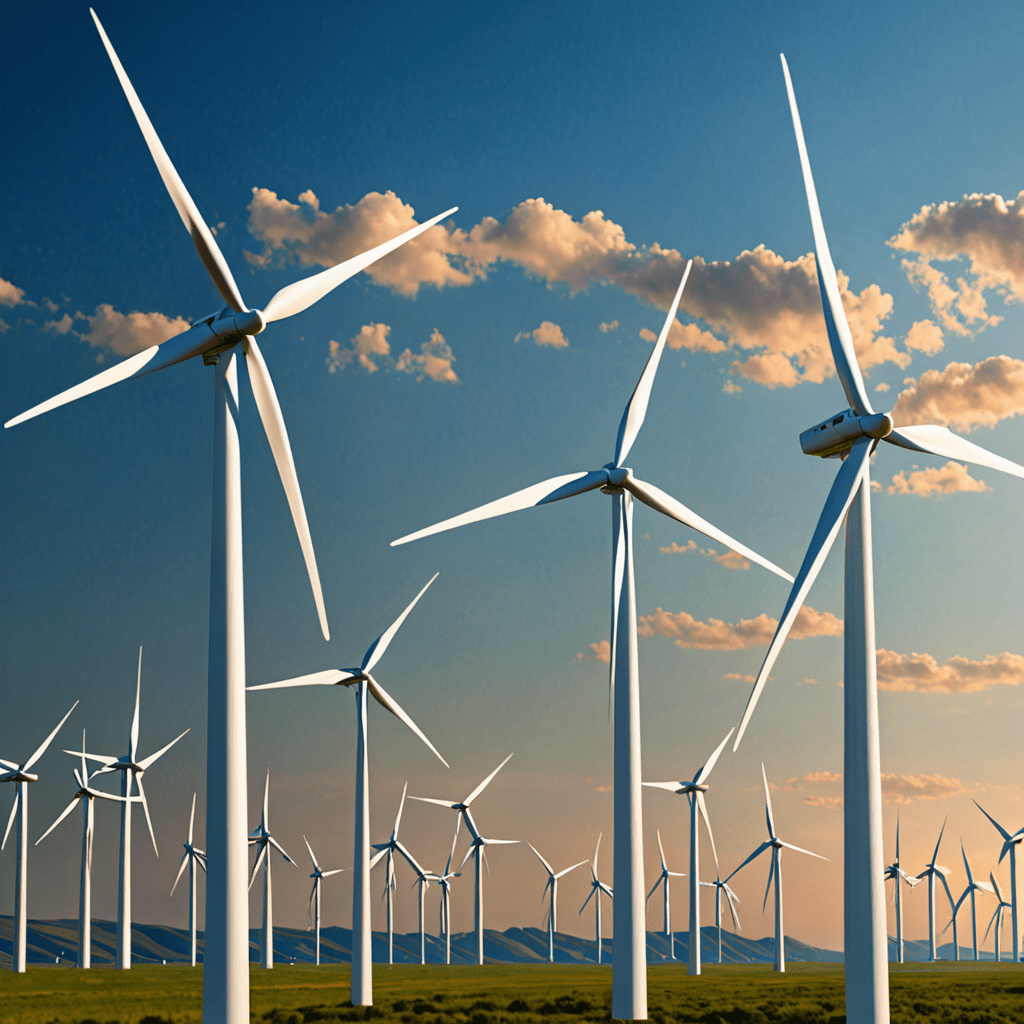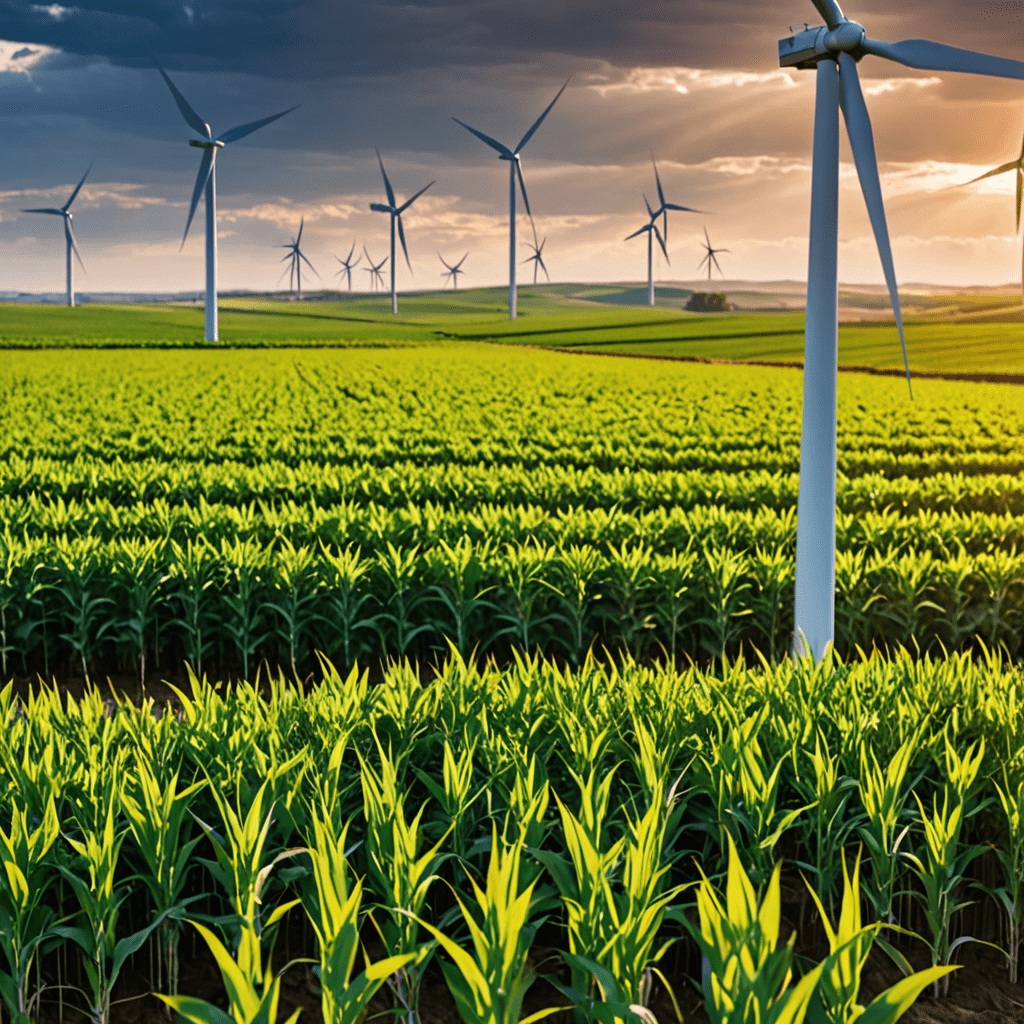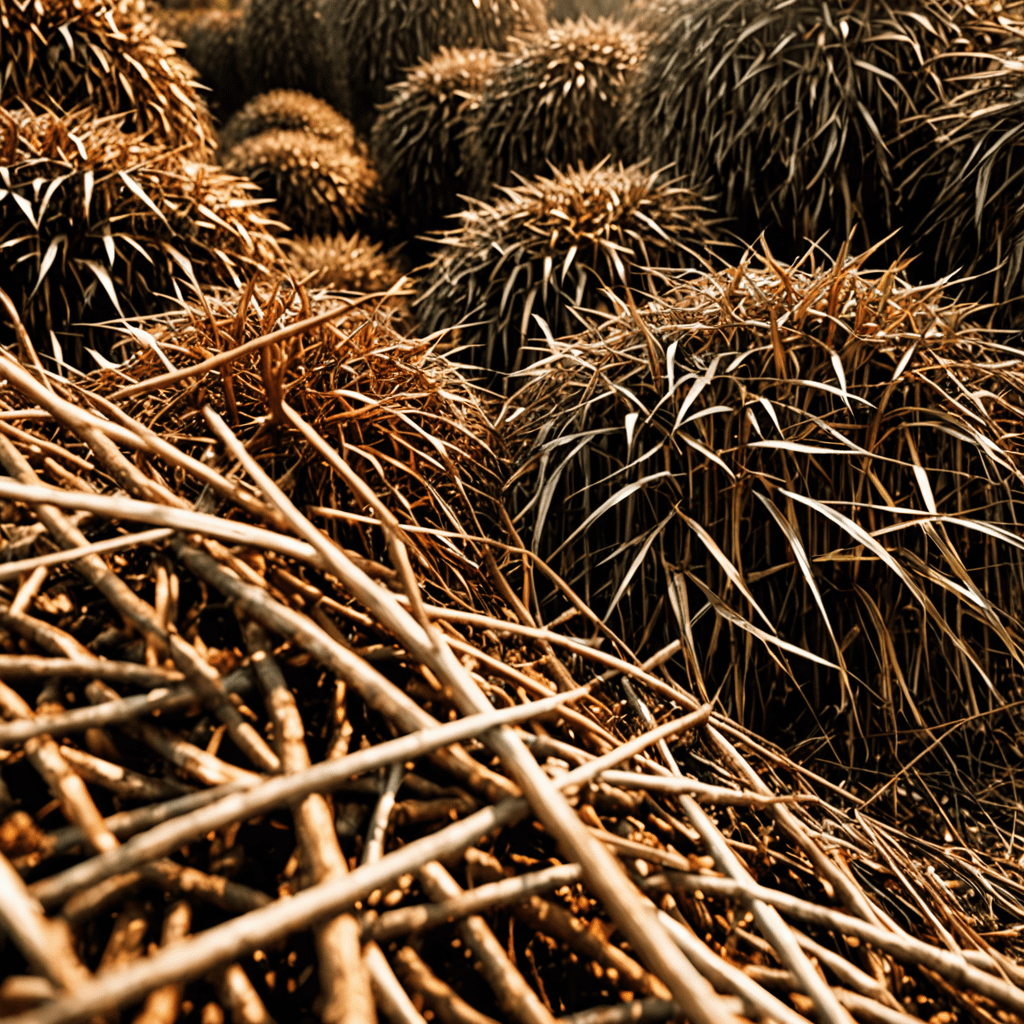
The Rise of Wind Energy in Distributed Energy Resources
Wind energy is playing a vital role in the shift towards distributed energy resources (DERs). DERs encompass a variety of small, decentralized power sources that can be deployed close to the point of use.
Advantages of Wind Power in DERs
Wind power offers numerous advantages in the context of DERs. By harnessing wind energy through localized turbines, communities can reduce reliance on centralized power grids and tap into a clean, renewable energy source.
Enhancing Energy Resilience with Wind Power
Wind power contributes to enhancing energy resilience by diversifying the energy mix. In the face of disruptions or outages in the grid, distributed wind energy systems can provide a reliable source of electricity to homes, businesses, and critical infrastructure.
Empowering Local Communities
Wind energy projects at the community level empower local residents to take control of their energy production. Whether through community-owned wind farms or individual turbines, communities can benefit economically and environmentally from harnessing wind power.
Integrating Wind Energy with Smart Grids
The integration of wind energy into smart grids further optimizes the use of renewable resources. Smart grid technologies enable the efficient distribution of wind power, storage optimization, and demand response, creating a more flexible and resilient energy system.
Challenges and Solutions in Wind Power Integration
While wind energy presents significant opportunities in DERs, challenges such as variability and intermittency need to be addressed. Solutions like energy storage technologies, hybrid systems, and advanced forecasting methods are being developed to overcome these challenges and maximize the potential of wind power.
The Future Outlook for Wind Energy in Distributed Energy Resources
As the demand for clean, sustainable energy grows, wind power is set to play an increasingly prominent role in the distributed energy landscape. By leveraging the benefits of wind energy in conjunction with other DERs, communities can build more resilient, efficient, and environmentally friendly energy systems for the future.
FAQs about Wind Energy’s Role in Distributed Energy Resources
What is Distributed Energy Resources (DERs)?
Distributed Energy Resources (DERs) refer to small-scale power generation or storage systems that are located close to where the energy is being used, such as solar panels, wind turbines, and battery storage units.
How does Wind Energy contribute to Distributed Energy Resources?
Wind Energy plays a crucial role in Distributed Energy Resources by providing a sustainable and renewable source of electricity that can be generated locally and integrated into distributed energy systems to reduce reliance on centralized power plants.
What are the benefits of integrating Wind Energy into Distributed Energy Resources?
Integrating Wind Energy into Distributed Energy Resources can help enhance grid reliability, reduce energy costs, decrease greenhouse gas emissions, promote energy independence, and support local economic development through job creation and investments in renewable energy infrastructure.


